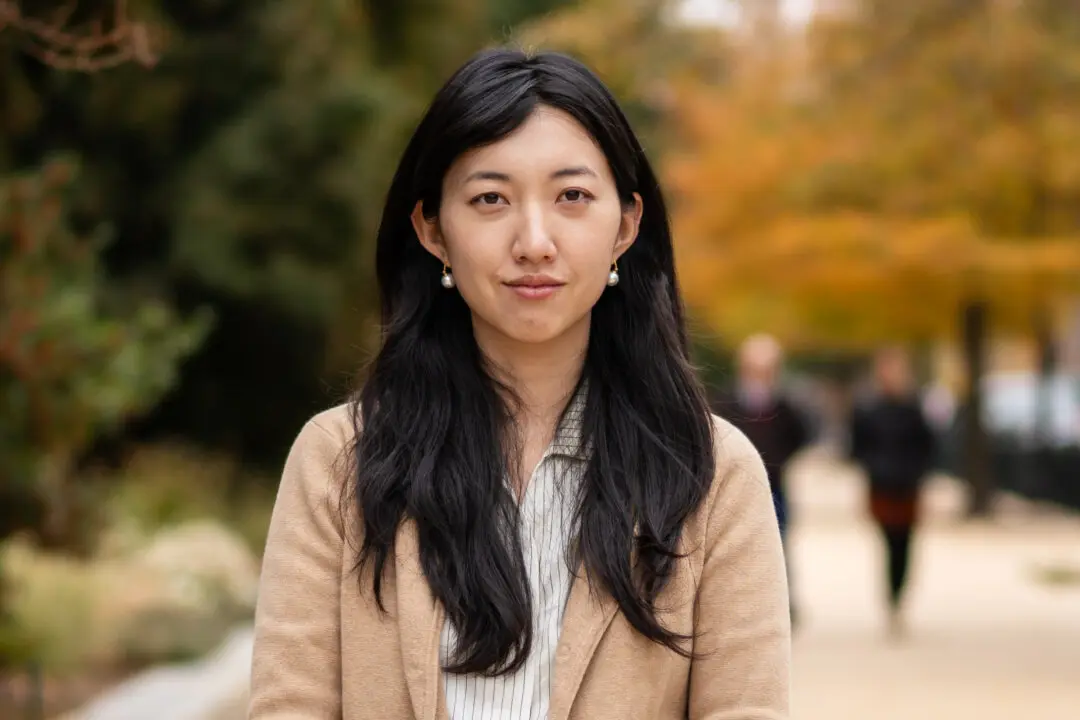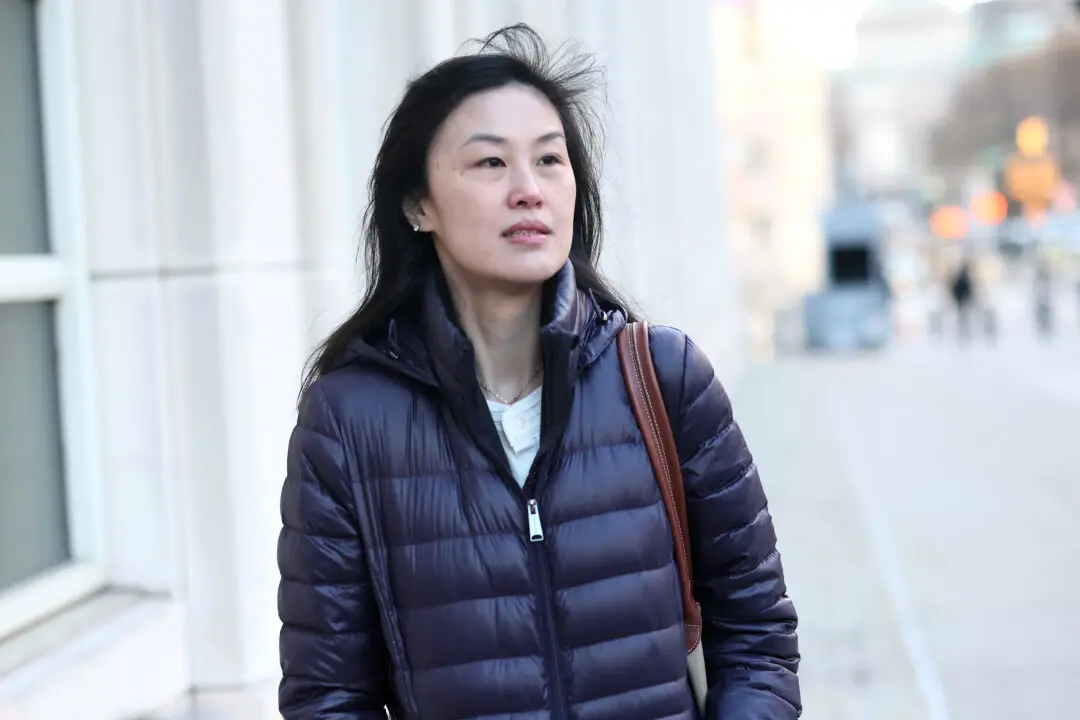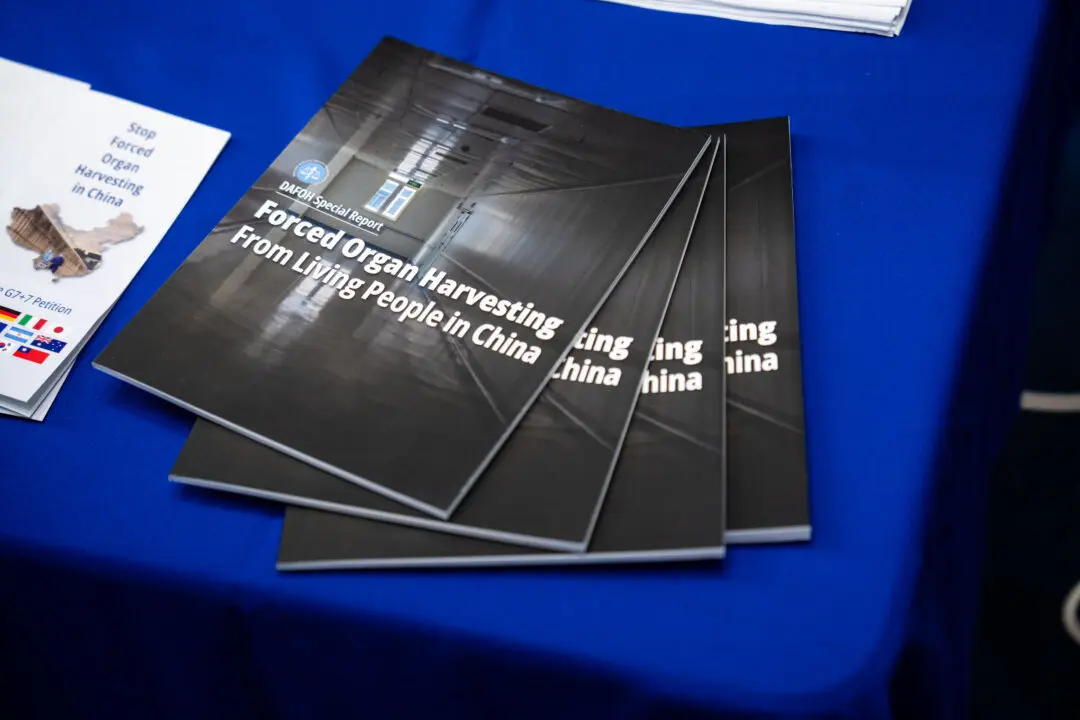The deadly coronavirus that is morphing into a global threat could have infected five to 10 times more people than Chinese officials have acknowledged, a group of U.S. researchers said.
The Feb. 18 study, which has not been peer-reviewed, was co-led by Lucia Dunn, economics professor at Ohio State University, and Mai He, pathology professor at Washington University School of Medicine in St Louis.





